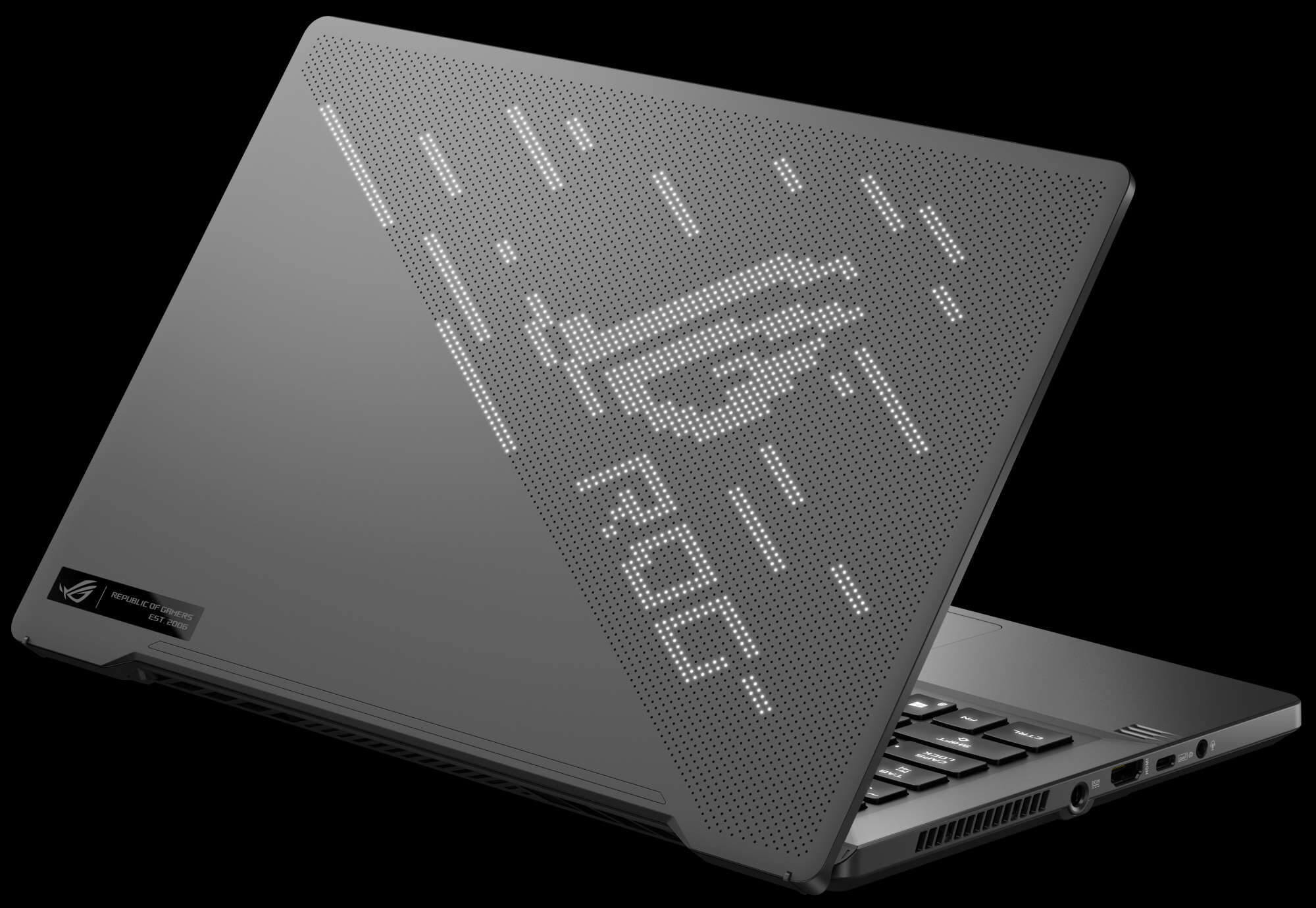Highly anticipated: Just a fortnight after its announcement, AMD’s new flagship mobile part is appearing in a smattering of online benchmarks. The Ryzen 9 4900HS is consistently proving itself the equal of the desktop Ryzen 5 3600, while being nimble enough to fit in a 35W TDP. Seems to be one impressive chip.

Update: Check out TechSpot's full review of the Ryzen 9 4900HS
The upcoming Ryzen 9 4900HS, and its non-HS companion, are the crowning jewels of the 4000-series APUs. Their CPU component has 8 cores and 16 threads, and their GPU half wields eight compute units or 512 shaders. The HS model works within a 35W power budget to reach maximum clock speeds of 4.3 GHz atop a base clock of 3.0 GHz; the non-HS model sits at around 45W and has a base clock of 3.3 GHz boosting to 4.4 GHz. Both their GPUs operate at 1750 MHz for almost two teraflops of graphics performance.
The 4900HS has been popping up rather frequently lately, appearing in six different benchmarks. Two need to be discarded due to apparent inconsistencies, so we’re left with four to mull over: a 3DMark Fire Strike run, two Geekbench 4 entries, and a Userbenchmark trial.
The most obvious point of reference for the 4900HS would be current mobile hardware, but AMD has never released anything in this market segment before. So instead we’ll pit it against the part it performs most similar to, the hexa-core Ryzen 5 3600. As you are likely aware, that's our recommendation for the best all-round value desktop CPU.
For the 3600’s results, we’ve used the average for Fire Strike and Userbenchmark public results, and the median for Geekbench 4. All the results are in 'points' where higher is better.
| Ryzen 9 4900HS | Ryzen 5 3600 | Performance | |
| Fire Strike | |||
| Physics | 21 289 | 19 192 | +11% |
| Geekbench 4 | |||
| Single-Core | 5 309 | 5 478 | -3% |
| Multi-Core | 30 047 | 27 539 | +9% |
| Userbenchmark | |||
| Single-Core | 140 | 129 | +9% |
| Dual-Core | 276 | 255 | +8% |
| Quad-Core | 546 | 486 | +12% |
The baseline for relative performance values expressed as a percentage in the rightmost column is the Ryzen 5 3600, so +11% means the Ryzen 9 4900HS is 11% faster.
As you can see, the 4900HS’ two extra cores give it a slight advantage over the 3600, but its lower clock speeds bring it down. These are slim synthetic benchmarks that we can’t verify, so there’s no real winner between the two chips. But we can state, with reasonable accuracy, that they’re in the same ballpark. As the 3600 is a hugely impressive desktop processor, to have similar performance in a mobile processor without an impractical TDP is excellent.
The 4000-series processors are already shipping in some regions, but unfortunately the coronavirus has delayed AMD’s plans for a global release. Nevertheless, the rollout will continue and every chip in the series should be available by the end of Spring (including inside the Asus Zephyrus G14, pictured above). We’ll be reviewing them as they release.
https://www.techspot.com/news/84590-next-gen-ryzen-mobile-outperforms-desktop-hardware-online.html